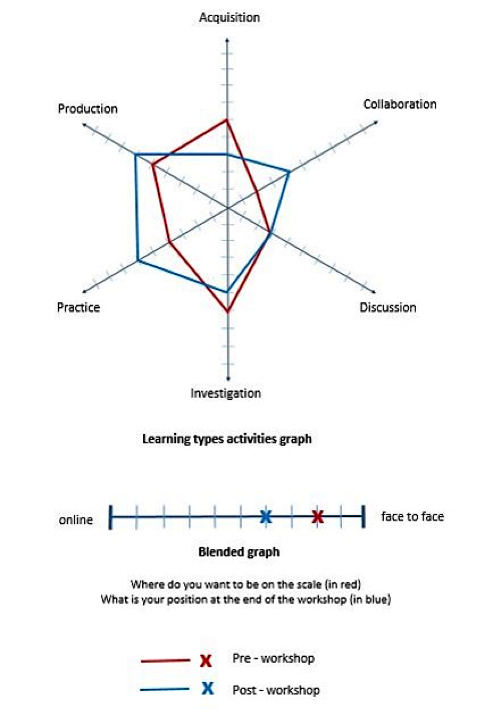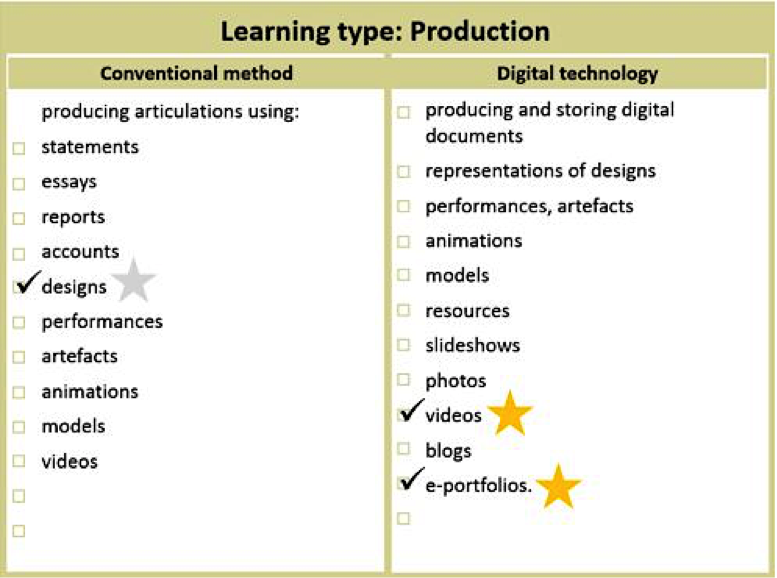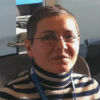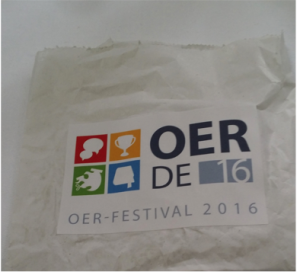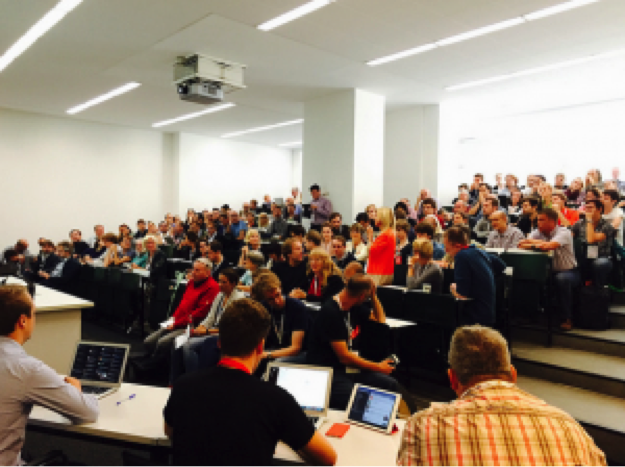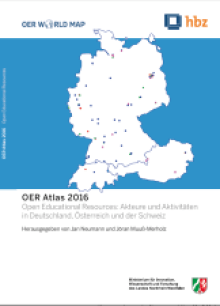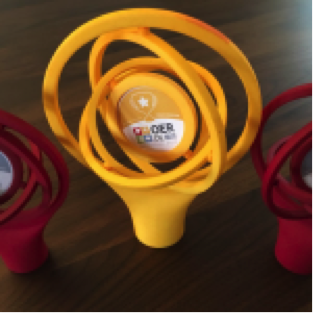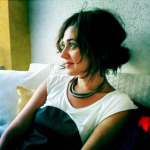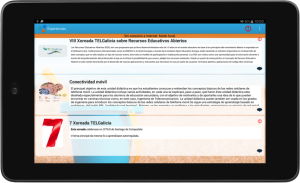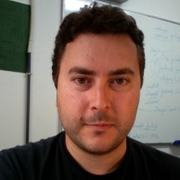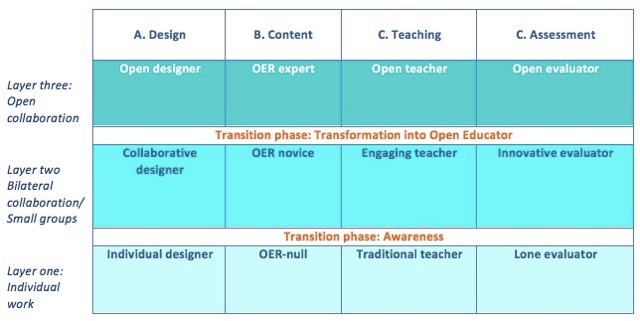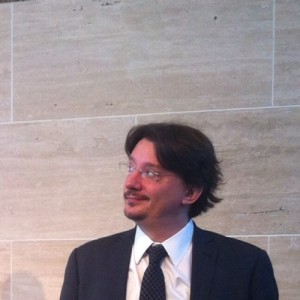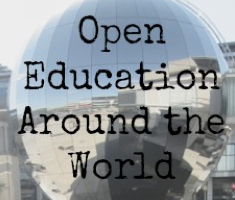ABC Curriculum design: An openly licensed tool for universities
guestauthor - April 28, 2016 in featured, oer
How can time-pressured academics design effective blended and online courses aligned to the Connected Curriculum? Dr Clive Young and Nataša Perović describe ABC curriculum design: a quick way to (re)design programmes and modules through a hands-on workshop where academic teams discuss and create storyboards of students’ activities.
ABC (Arena, Blended, Connected) curriculum design, created by UCL Digital Education, is an effective and engaging hands-on 90-minute workshop where academic teams work together to create a visual ‘storyboard’ outlining the type and sequence of learning activities (both online and offline) required to meet the course’s learning outcomes.
ABC is an openly-licensed tool that was initially created for new programmes and modules or for those changing to a more online or blended format. However it has also proved remarkably effective simply to review current programmes. So far, over 60 modules have been re(designed) using the ABC method at UCL and in addition, the ABC materials have been used successfully in two other UK universities.
The ABC builds on Viewpoints, a well-received 2012 JISC project that used a card-based method for curriculum design. The UCL ABC method cards integrate the powerful concept of learning types derived from the Conversational Framework model of Professor Diana Laurillard (UCL Institute of Education). On one side of a card, a learning type is defined: such as acquisition, investigation, collaboration, discussion, practice and production). This is the principle. And on the other side conventional and digital learning activities (the practice) are detailed. As the workshop progresses these are sequenced into a large storyboard sheet representing the student journey.
Working together, module teams are first asked to write a “tweet-sized” description (140 character of fewer) of the module or programme, outlining the main outcome or unique selling point. This provides a sharp focus for the design and usually generates much lively debate. The participants also draw the shape of their course (as they envisage it at this time) on the learning types graph. They also consider the type of online and conventional learning mix.
The next step is to complete a draft storyboard of the module by sequencing and stacking six ‘learning types’ cards. This step encourages teams to deliberate the ways different learning types can be mixed together in variety of ways to reach the module’s learning outcomes.
Up to this point they are only looking at an overview of learning types. Once they have made a layout of the module (programme), they turn the cards over and look at the activities that are printed on the backside of the cards. They then select conventional and digital activities they want to use in their programme, by ticking them and by adding their own activities to the cards.
Once learning activities are chosen, the opportunities for formative and summative assessment of these activities are identified and marked by gold and silver stars. The final step is to review changes made and share with other module teams.
When the workshop is organised at a programme level this cross-module sharing using a common descriptive framework is remarkably powerful and can facilitate discussion of the integrative elements of the Connected Curriculum.
As one participant said: “This process was really useful. It helps us think about the modules in their entirety. It is really good how everything maps out in a clear framework like this.”
To learn more ABC curriculum design you can watch this video https://www.youtube.com/watch?v=3C1gTHApg8A and look at the materials and tutorials here at ABC (Arena Blended Connected) curriculum design http://blogs.ucl.ac.uk/digital-education/2015/04/09/abc-arena-blended-connected-curriculum-design/ and design workshop here http://blogs.ucl.ac.uk/digital-education/files/2015/09/ABC_leaflet.pdf
—
About the authors
Clive Young : Clive work at UCL and has worked as a learning technology consultant in several universities. He has led several UK and international projects on the pedagogic design of video and was an e-learning project evaluator for the European Commission. Clive is also an associate lecturer at the Open University tutoring on their MA in Online and Distance Education.
Nataša Perović: Nataša has been working on e-learning development in medical, nursing and allied health sciences in higher education since 2006. Particular interests: blended learning, open educational resources, online videos in medical education, digital literacies and instructional design. Nataša has a background in science, web development and teaching and works at UCL with the School of Life and Medical Sciences Faculties (Brain Sciences, Life Sciences, Medical Sciences an Population Health Sciences).
 Open Education Working Group
Open Education Working Group 
